We will take you on a fantastic journey through the wonders of Italy's 58 Unesco sites: 53 Cultural Sites and 5 Natural Sites. In addition, there are 14 Intangible Cultural Heritage Sites. Moreover, the number of UNESCO sites is constantly growing: just think that by 2020 there were 55 in total!
It is therefore an interminable journey that continually has great surprises and emotions in store, especially for those who are passionate about history, archaeology, special natural sites and, of course, UNESCO sites!

UNESCO Sites in Campania
Benevento, the Church of Santa Sofia
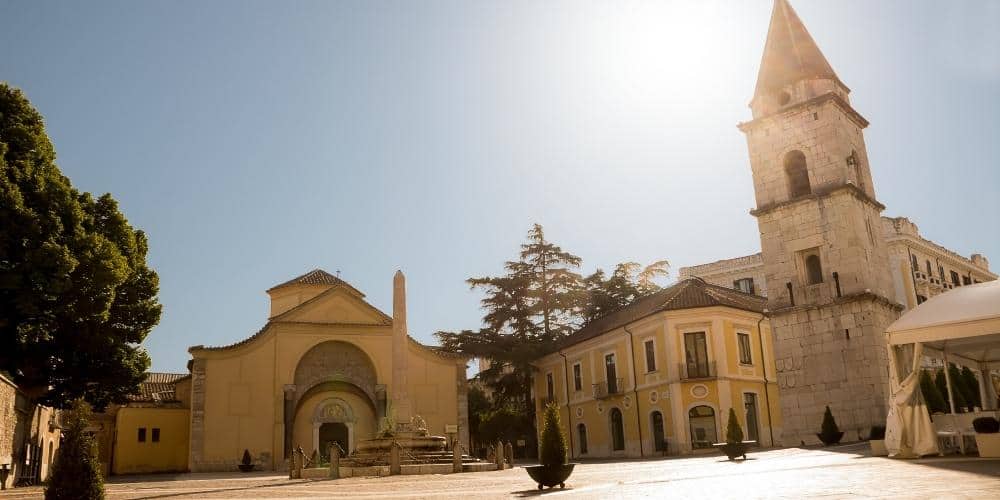
A testimony of the Lombards presence in Italy, it was built in 758 AD by the Lombard Duke Arechi II. It has the same plan as the Church of Constantinople and fragments of two frescoes painted by pupils of the Benevento School of Miniatures.
Caserta, the Royal Palace, the Vanvitelli Aqueduct and the San Leucio Complex

The Royal Palace of Caserta was commissioned in 1751 by the King of Naples, Charles of Bourbon. It is the largest royal residence in the world, with a total area of about 47,000 square metres.
The village of San Leucio, commissioned by Ferdinand IV, King of Naples, housed a self-managed community of workers employed in the silk factory. The aim was to create a happy society.
The Acquedotto Carolino, also known as the Vanvitelli Aqueduct, is imposing and majestic and was built to supply both the village of San Leucio and the Royal Palace of Caserta.
Find out how to bookCilento, Cilento and Vallo di Diano National Park, Paestum, Velia and the Charterhouse of Padula
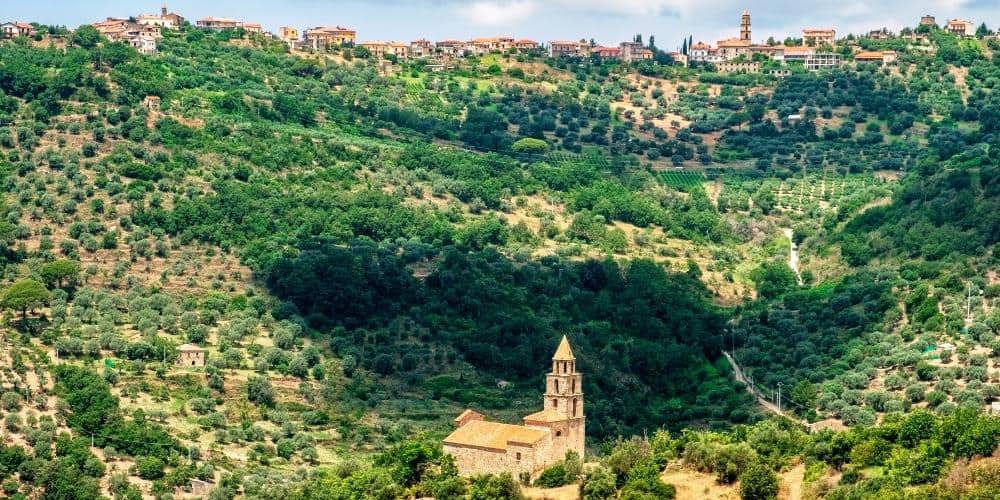
Cilento is located between the Gulf of Salerno and the Gulf of Policastro, south of Naples, and includes the National Park and the Vallo di Diano, the archaeological sites of Paestum and Velia and the Certosa di Padula.
The spectacular nature of this area is due above all to the variety of its landscape, which is characterised by cliffs, villages, beaches and mountains, the archaeological sites of Paestum and Velia and the baroque Certosa di Padula. This is why Cilento became a UNESCO World Heritage Site in 1998 and the first Italian UNESCO Geopark in 2010.
Find out how to bookThe Amalfi Coast

Who hasn't heard of it? The Amalfi Coast is famous for its beautiful seascape and wonderful historical charm. The 16 municipalities that are part of it are: Amalfi, Atrani, Cava de' Tirreni, Cetara, Conca dei Marini, Furore, Maiori, Minori, Positano, Praiano, Raito, Ravello, Sant'Egidio del Monte Albino, Scala, Tramonti, Vietri sul Mare.
It became a UNESCO World Heritage Site in 1997, and it would have been impossible not to include it, given the number of things to see.
Find out how to bookHistoric centre of Naples
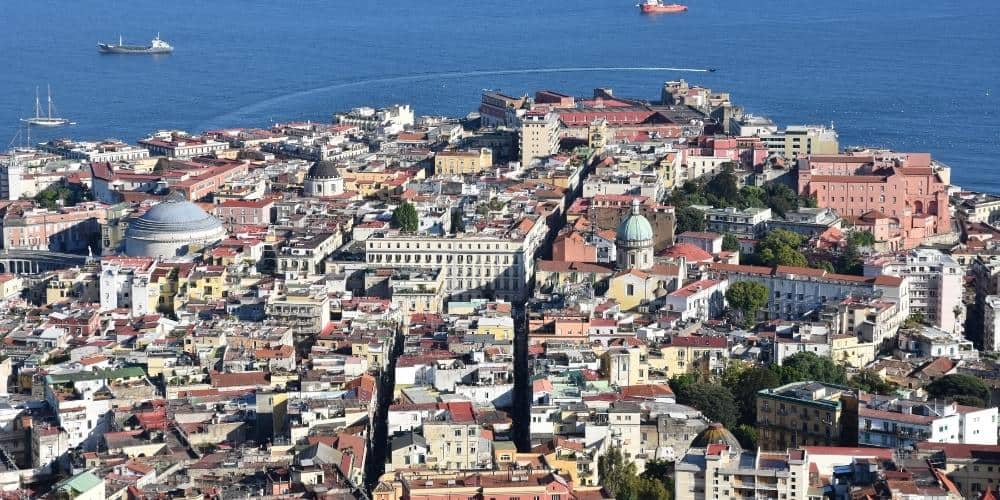
Among the Italian UNESCO World Heritage sites since 1995 is the historic centre of Naples. The historical events that have taken place in Naples make it a city full of artistic resources. There are more than 200 churches.
Visit Naples Best Attractions & Save Money with Naples PassMacchine dei Santi: the Gigli of Nola

The Gigli of Nola are finely decorated obelisks made of papier-mâché realised by craftsmen specialised in this art. Their beauty, originality and the tradition and culture they carry have made them a UNESCO Cultural Heritage Site in 2013.
Pompeii, Herculaneum and Torre Annunziata, the archaeological areas
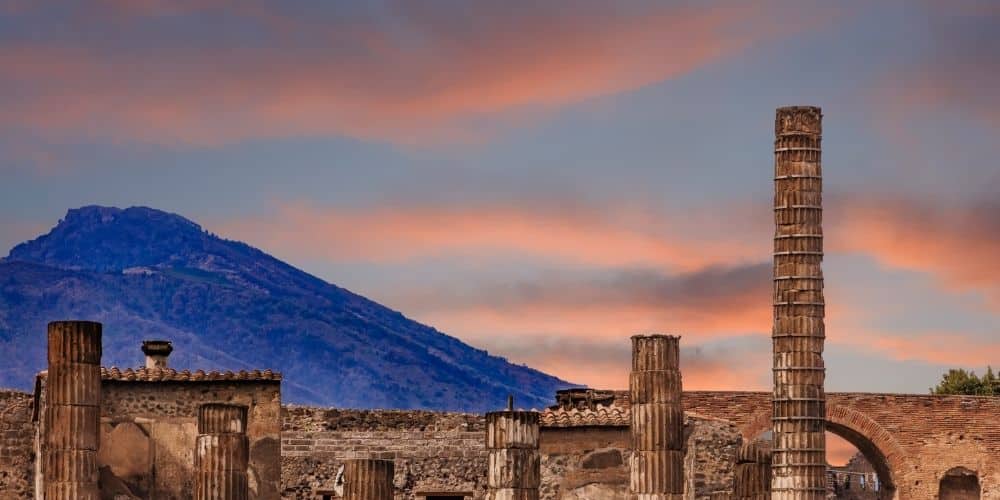
The eruption of Vesuvius in 79 AD, described in great detail by Pliny the Elder, was frightening and devastating. But the lava that covered the towns at the foot of the volcano and the people has allowed us to find the remains almost intact after centuries. Touring the archaeological sites of Pompeii, Herculaneum and Torre Annunziata is like taking a dip into the past, and they could not fail to become a UNESCO World Heritage Site.
Find out how to bookUNESCO Sites in Emilia Romagna
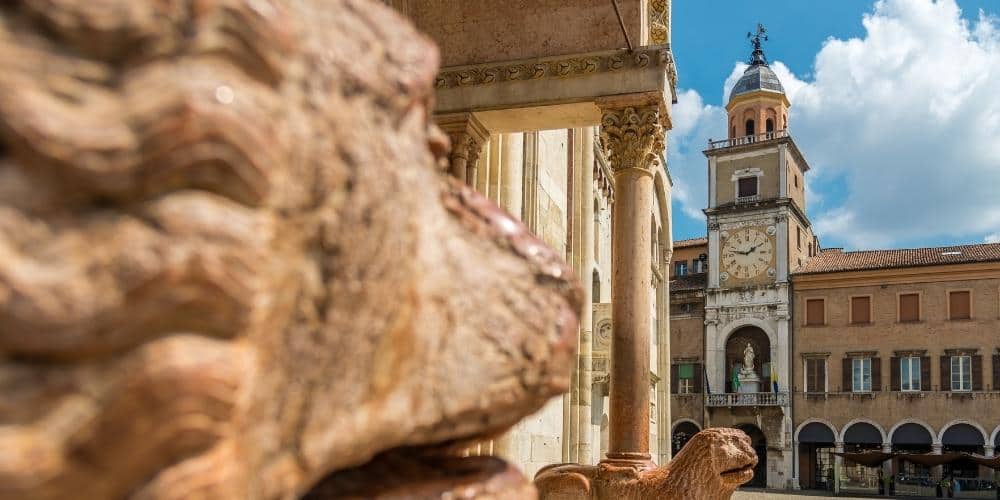
The 12 places in Emilia-Romagna that already are on the Unesco world list.
Modena: Cathedral, Civic Tower and Piazza Grande
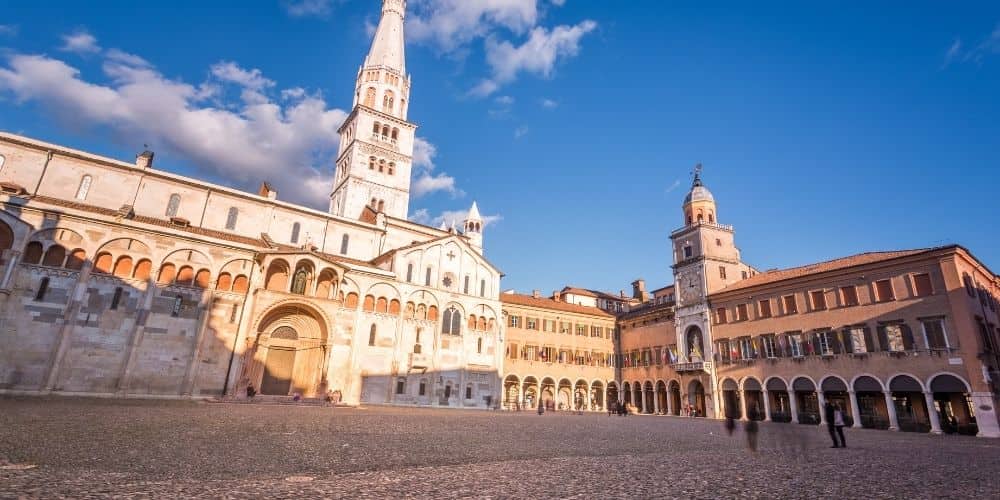
The Cathedral, the Torre Civica and Piazza Grande in Modena have been a UNESCO site since 1997. They are testimonies of the European Romanesque style, featuring fantastic designs and finely crafted statues and capitals.
Ferrara and the Po Delta
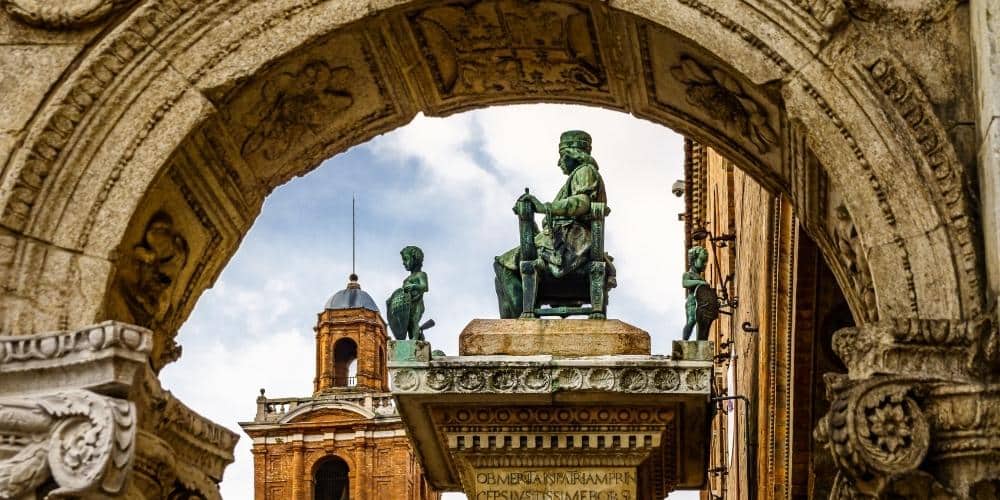
Ferrara and the Po Delta have been UNESCO sites since 1995 and 1999. Ferrara, a symbol of the Renaissance, is an example of architectural harmony and beauty.
The Po Delta, which the Este dukes transformed from a marshy area into a valuable agricultural estate, is famous for the palaces and villas of aristocratic families.
Early Christian monuments of Ravenna
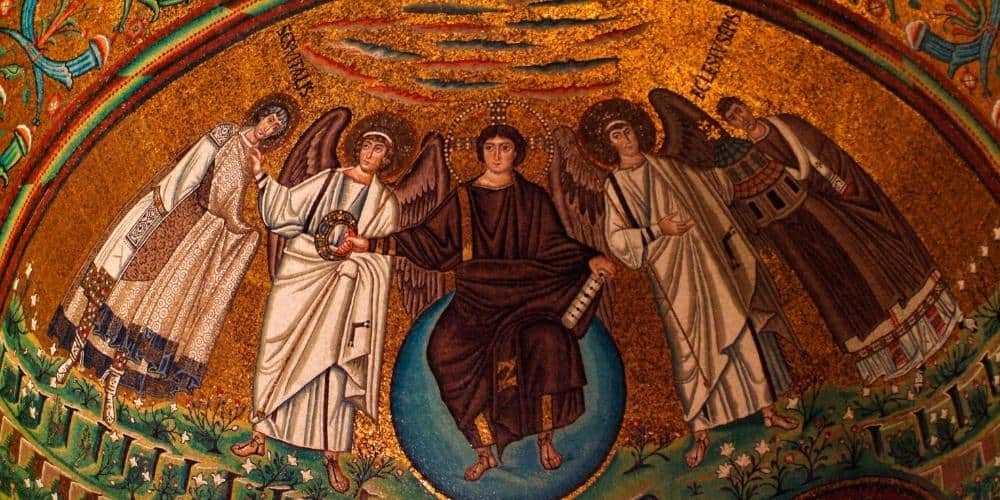
Ravenna has been a UNESCO site since 1996. Here you can visit the Basilica of San Vitale, the Mausoleum of Galla Placidia, the Mausoleum of Theodoric, the Basilica of Sant'Apollinare Nuovo, Sant'Apollinare in Classe, the Baptistery of the Arians, the Neonian Baptistery and the Chapel of Sant'Andrea. Furthermore, Dante Alighieri is buried in Ravenna.
Sasso Fratino Forest
The Sasso Fratino Forest consists of approximately 800 hectares of woods. The beech forests here are among the oldest in Europe, almost 600 years old.
Malatestiana Library in Cesena (15th century)
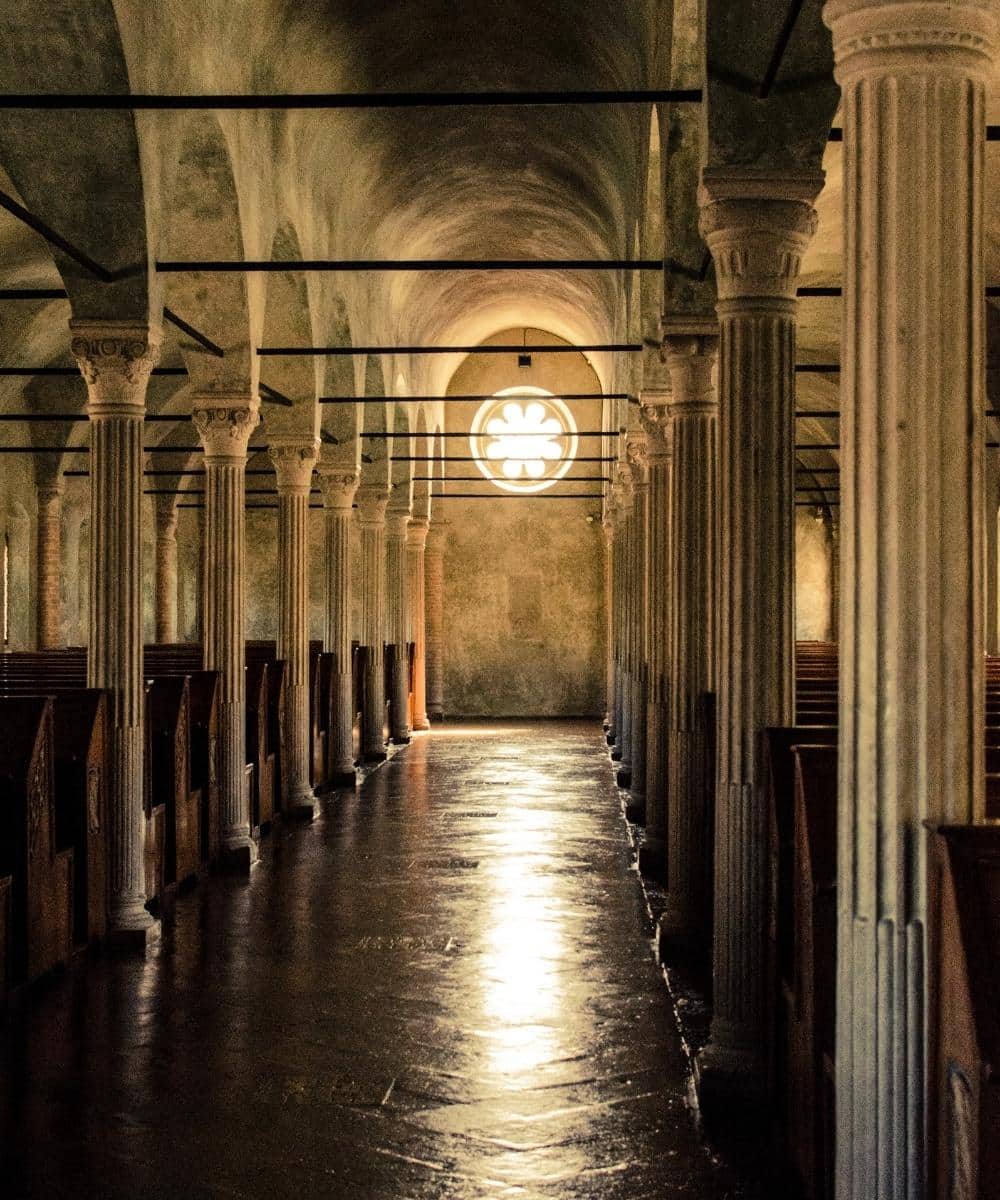
The Malatesta Library of Cesena has been a UNESCO site since 2005. It has been included in the Memory of the World Register as the only humanistic-conventual library that has remained intact and can be used by citizens.
The Abbey of Santa Cecilia della Croara
The Abbey of Santa Cecilia della Croara has been a UNESCO World Heritage Site since 2005. It is a short distance from Bologna, in San Lazzaro di Savena, and was part of an ancient monastery.
Bologna Creative City of Music
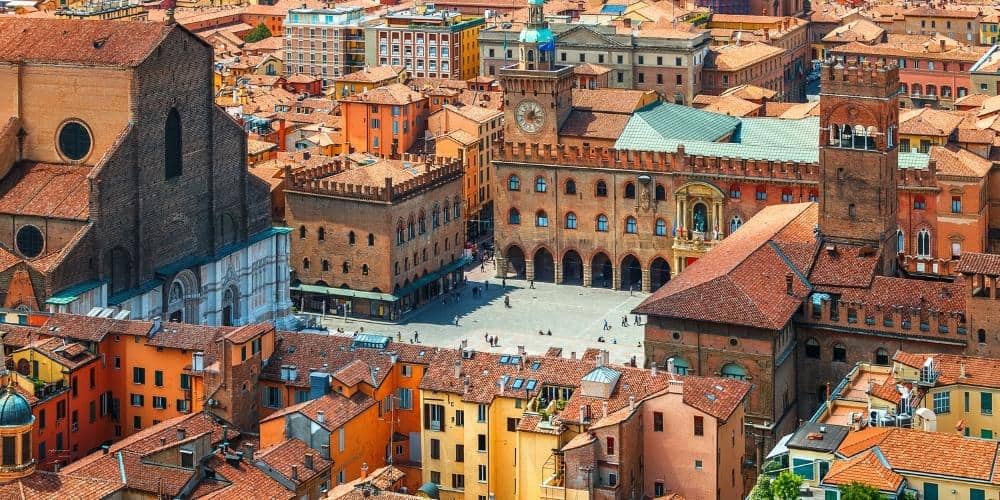
Bologna has been a UNESCO Creative City of Music since 2006 for being home to great musicians such as Mozart, Rossini and Liszt.
The Chiusa of Casalecchio di Reno
The Chiusa in Casalecchio di Reno has been a UNESCO site since 2010. It is a medieval hydraulic work, the oldest in Europe still operating.
MIC - International Museum of Ceramics in Faenza
The International Museum of Ceramics in Faenza has been a UNESCO World Heritage Site (Monument Witness to a Culture of Peace) since 2000, and reassembles the thousand-year history of this noble art that has made the city world-fam.
Parma City of Gastronomy
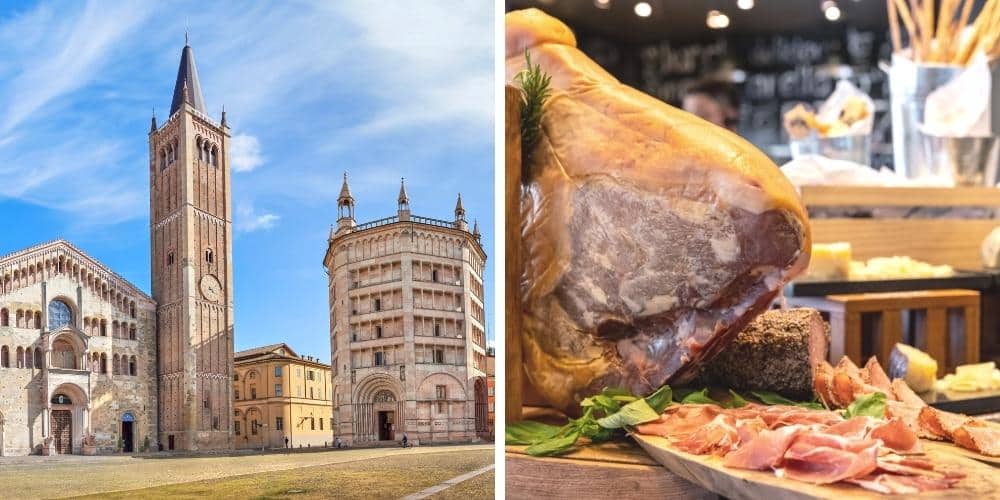
Parma has been a UNESCO site since 2015. It has been nominated Creative City of Gastronomy both for its gastronomic tradition and the presence of EFSA and Alma, an international cooking school.
The Po Delta Park, UNESCO MAB Reserve

The Po Delta Park Reserve has been a UNESCO site since 2015. If you want to admire the spectacle offered by 10,000 pink flamingos, you can't miss visiting this place inhabited by around 360 species of birds.
The course of the River Po
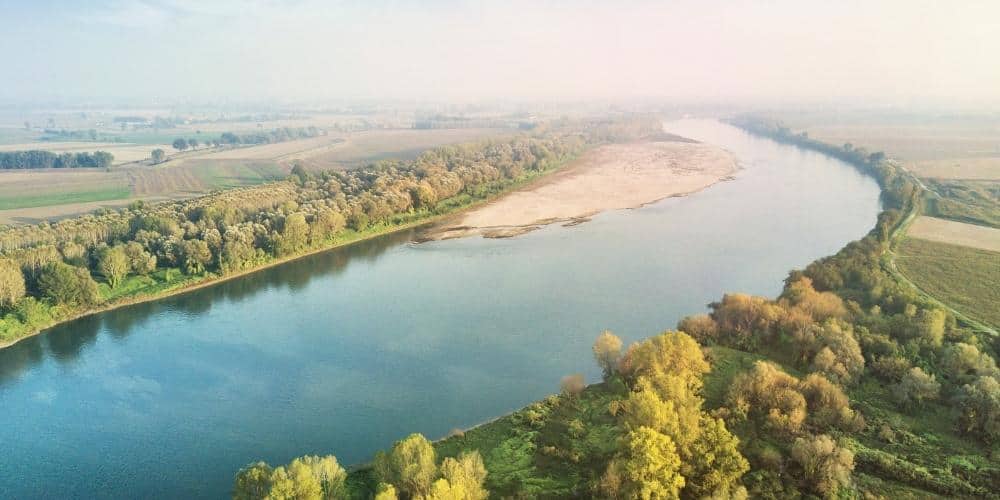
The course of the River Po has been a UNESCO World Heritage Site since 2019. It is an area of great value because it is a mixture of villages, beaches and riverine forests.
UNESCO Sites in Friuli
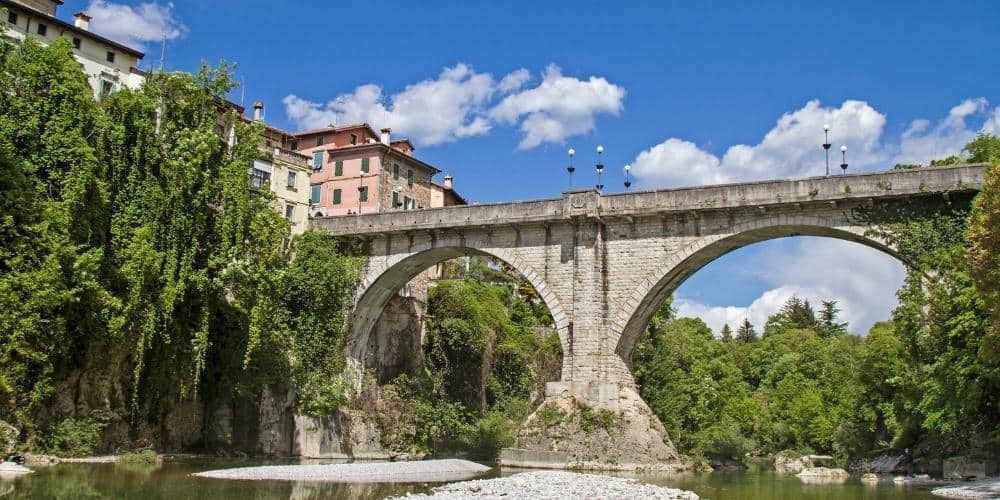
Cividale del Friuli
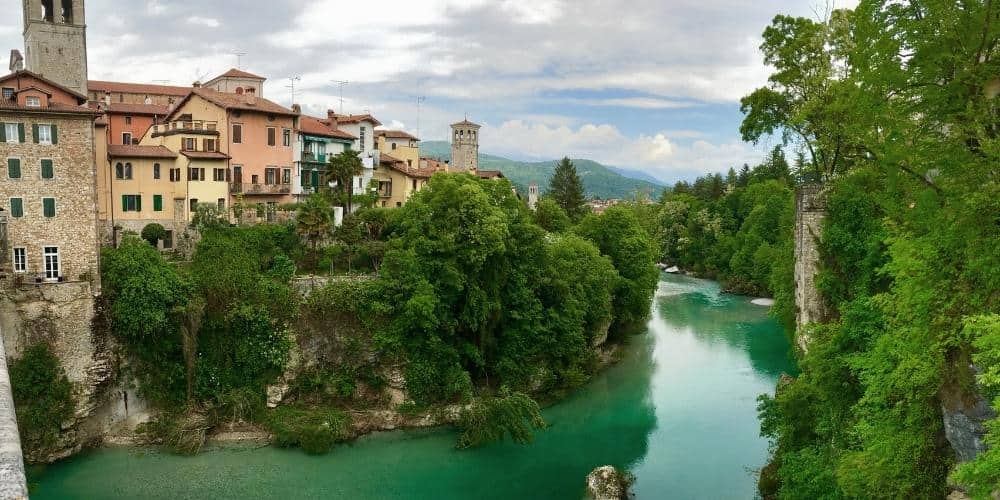
Cividale del Friuli is a UNESCO World Heritage Site because it was founded by Julius Caesar and became the first Longobard duchy.
Aquileia
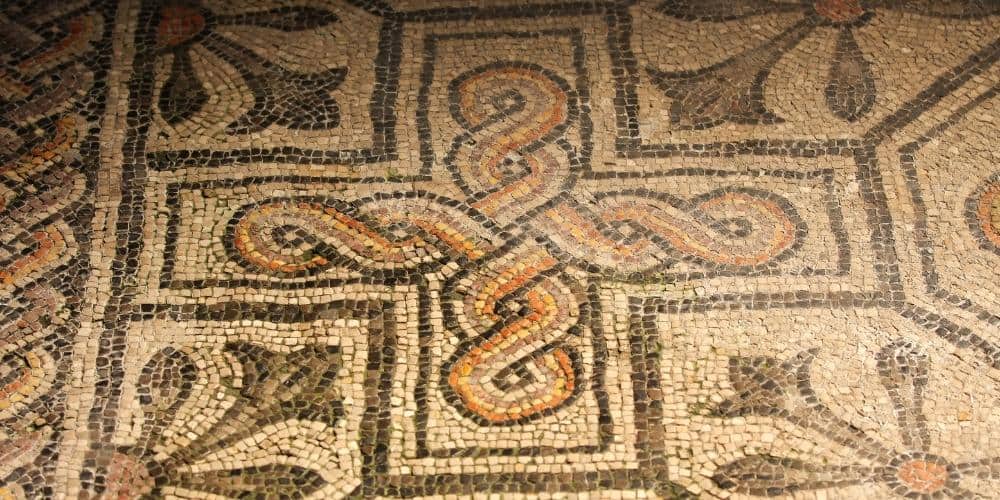
Aquileia has been a World Heritage Site since 1998 because it used to be a seat of the Roman Empire and a centre of Christianity. Today you can visit the evocative archaeological areas and the Basilica, rich in frescoes and mosaics dating back to different periods.
Palmanova
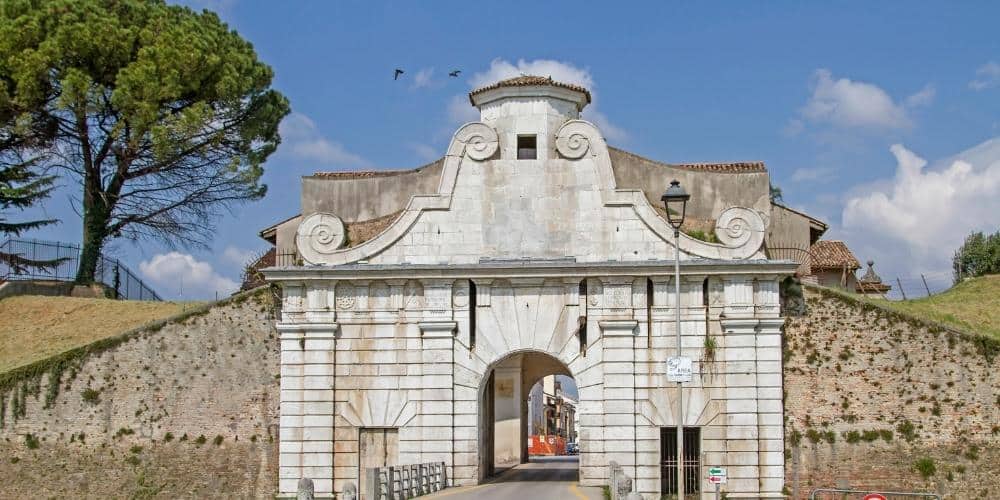
Palmanova has been a UNESCO World Heritage Site since 2017. It is famous for its nine-pointed star plan and is thus known as "the Starry City".
Friulian Dolomites
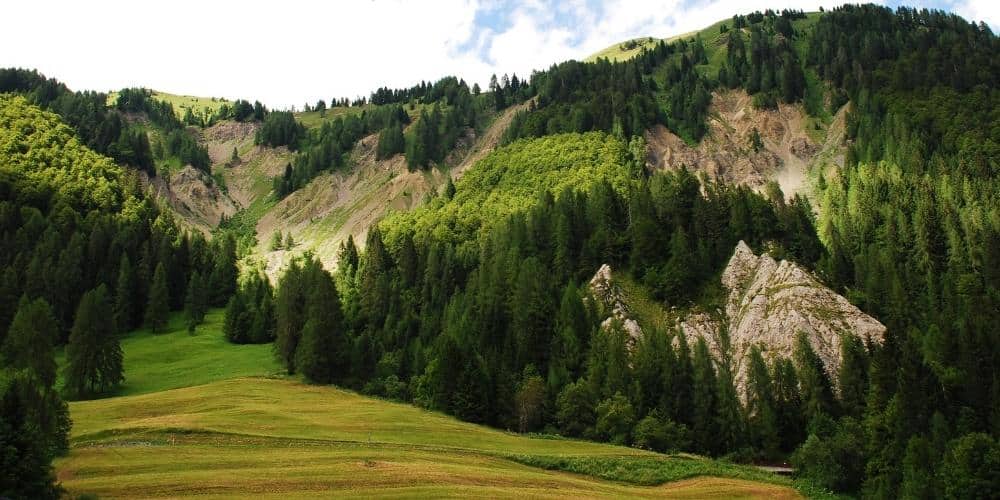
The Friulian Dolomites are ideal for those who love hiking because they have paths that lead from one refuge to another, creating suggestive itineraries.
Palù di Livenza
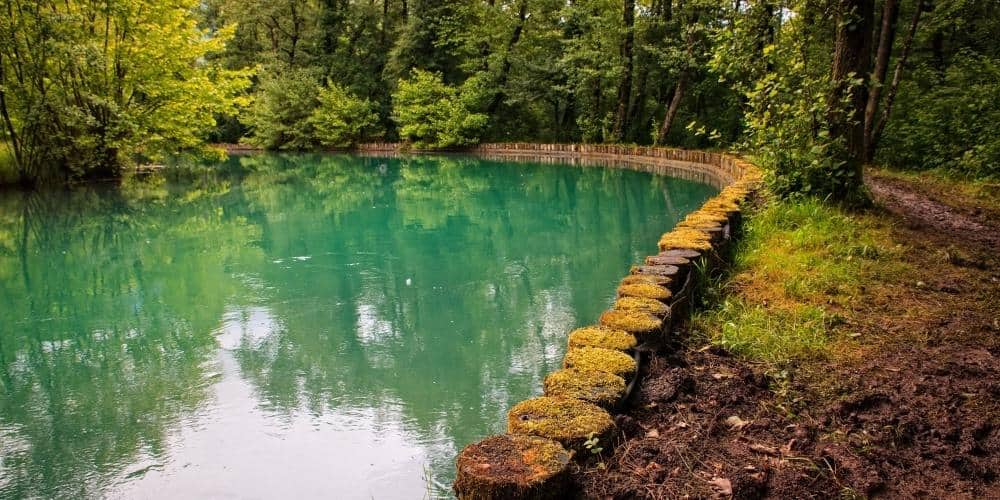
A rare example of well-preserved pile dwellings dating back to the Palaeolithic period.
UNESCO sites in Lazio
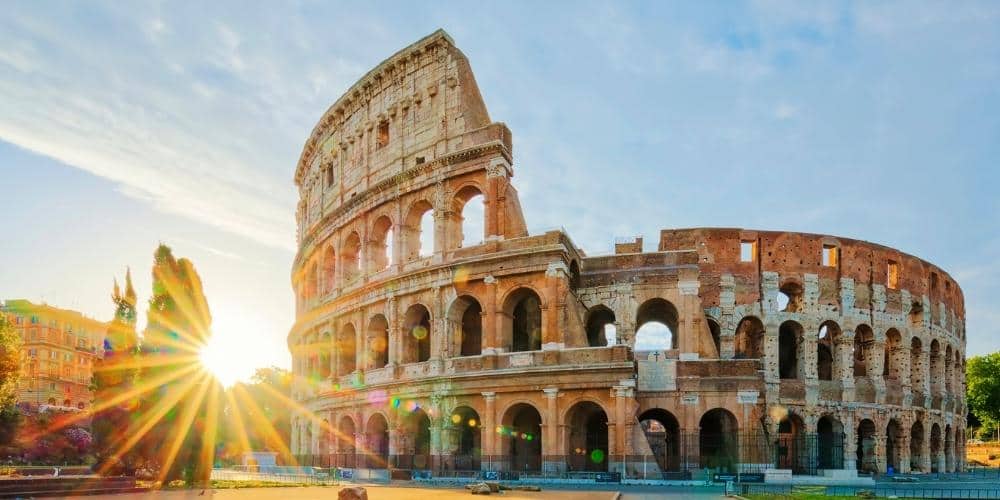
The Colosseum: discover how the iconic structure was built as a gift to the Roman citizens, to stage various forms of entertainment and to showcase Roman engineering techniques to the rest of the world. In its day the Colosseum featured over 80 entrances and could accommodate around 50,000 spectators!
The Roman Forum was the social, political, religious and financial center of the Roman Empire. It remains the most incredible site of Ancient Roman civilization with various structures still standing.
Find out how to book Colosseum, Gladiators Arena, Roman Forum & Palatine HillThe historic centre of Rome
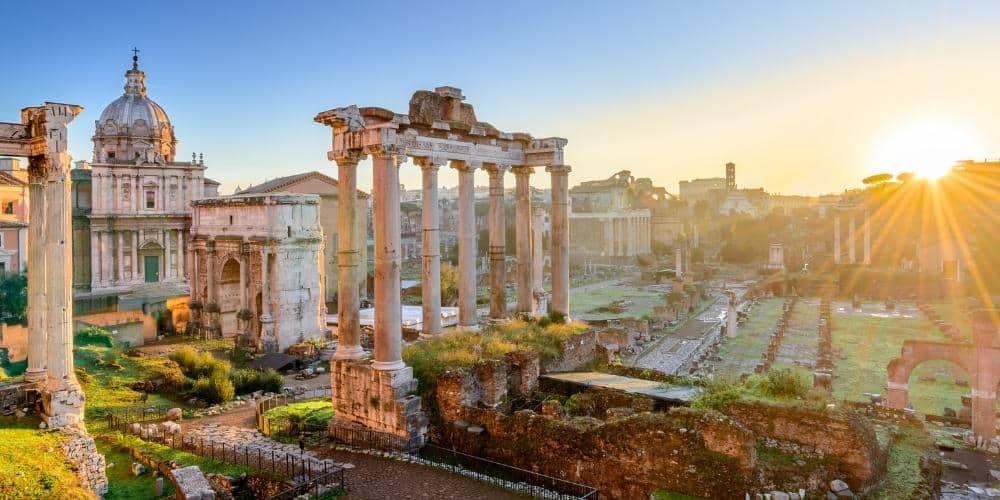
The historic centre of Rome is one of the most important UNESCO sites in Italy. It has been a UNESCO World Heritage Site since 2013, and it couldn't have been otherwise, given the presence of countless works of art such as the Colosseum, the Trevi Fountain, the Basilica of Santa Cecilia in Trastevere and so on.
Visit Rome Best Attraction & Save Money with Rome PassVilla Adriana in Tivoli
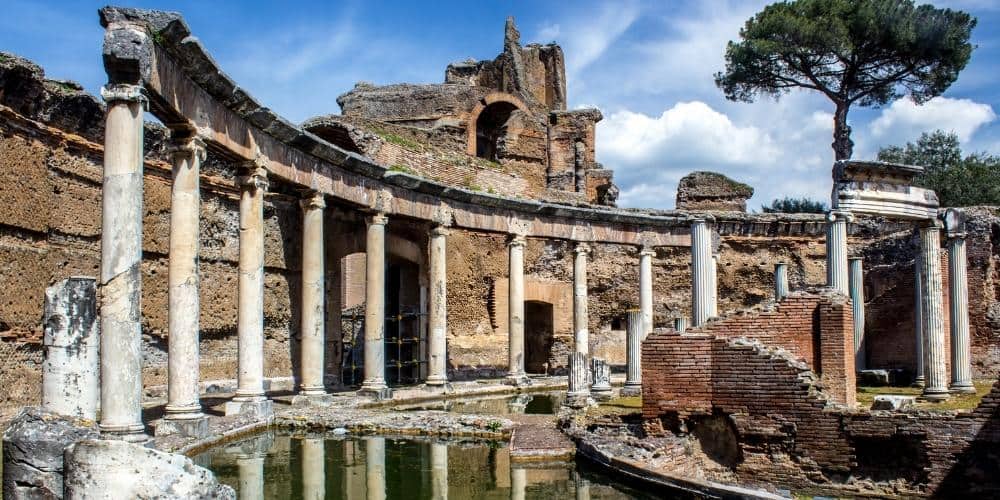
Villa Adriana has been a UNESCO World Heritage Site since 1999. It is a complex of majestic monuments perfectly designed to form a perfect architectural structure.
Villa d'Este in Tivoli
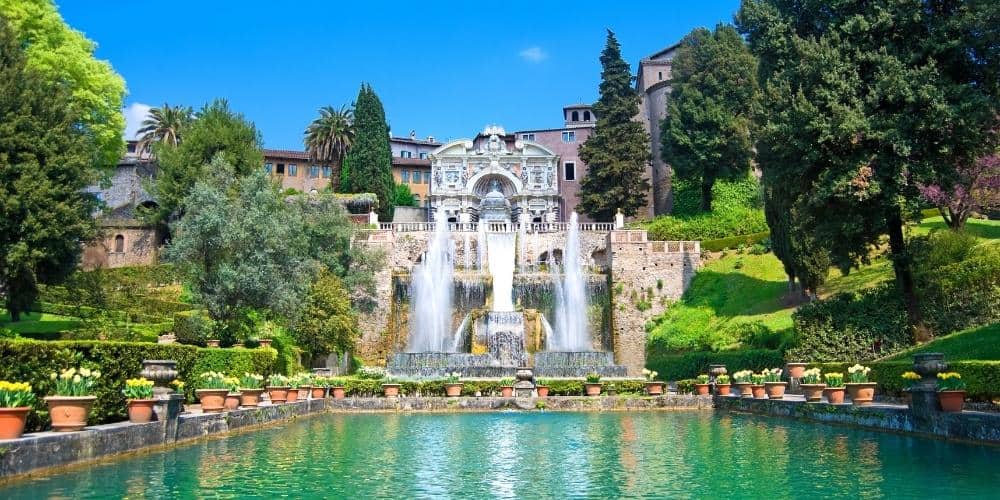
Villa d'Este has been a UNESCO World Heritage Site since 2001.It represents the perfect combination of architecture and hydraulic engineering: its fountains make it stunning and absolutely unmissable.
The Etruscan Necropolis of Cerveteri and Tarquinia
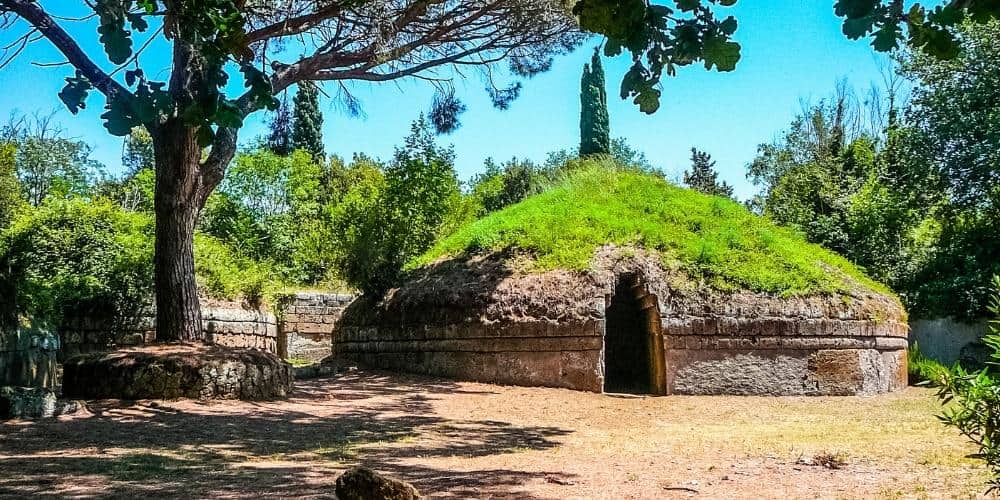
The Etruscan Necropolises of Cerveteri and Tarquinia have been a UNESCO World Heritage Site since 2004 and bear witness to the presence of the Etruscans in Lazio.
La Macchina di Santa Rosa in Viterbo
La Macchina di Santa Rosa is the symbol of the festival held every year on 3 September in Viterbo. It is a 5-ton illuminated tower about 30 metres high, carried in procession on the shoulders of the Facchini di Santa Rosa, about a hundred men who move through very narrow streets.
UNESCO sites in Liguria
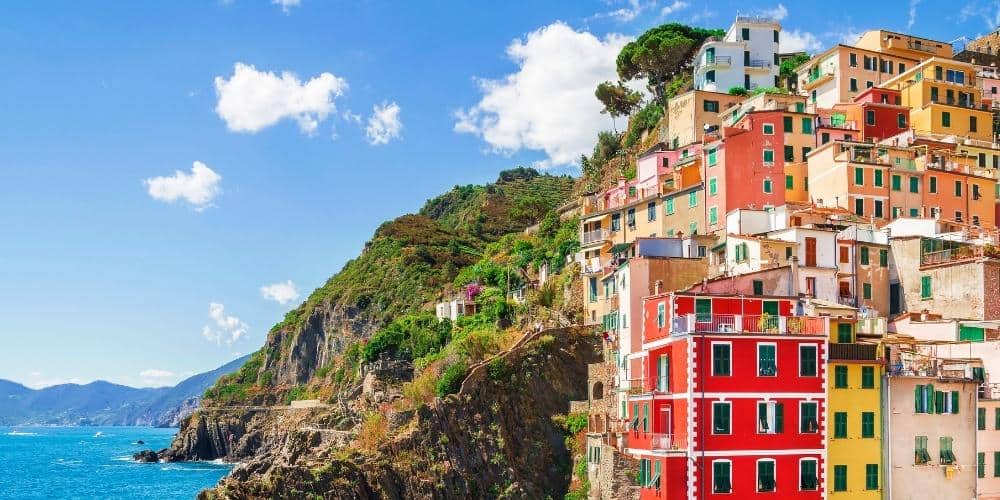
Portovenere, Cinque Terre and the Islands
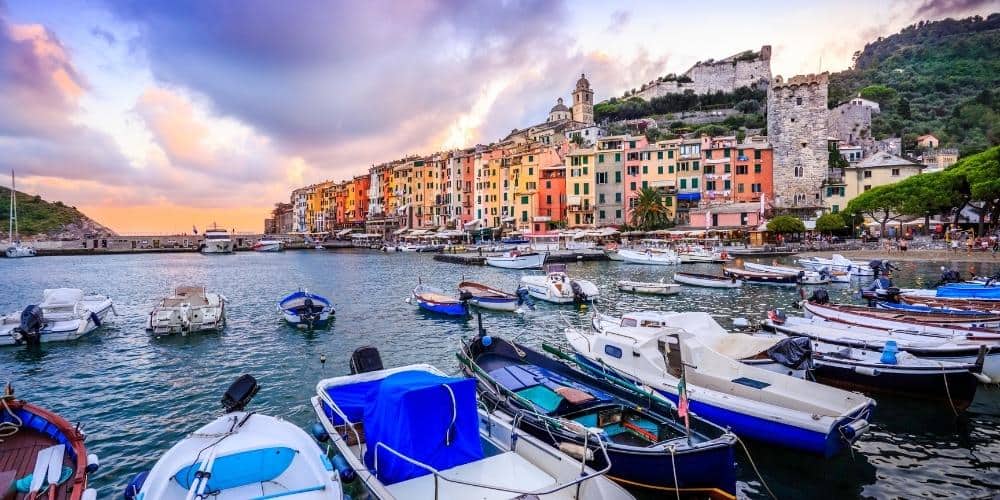
Portovenere and the Cinque Terre have been UNESCO World Heritage Sites since 1996. These small villages overlooking the sea are an example of history and nature mixed together to create a breathtaking landscape.
Find out how to bookLe Strade Nuove and the Palazzi dei Rolli, Genoa
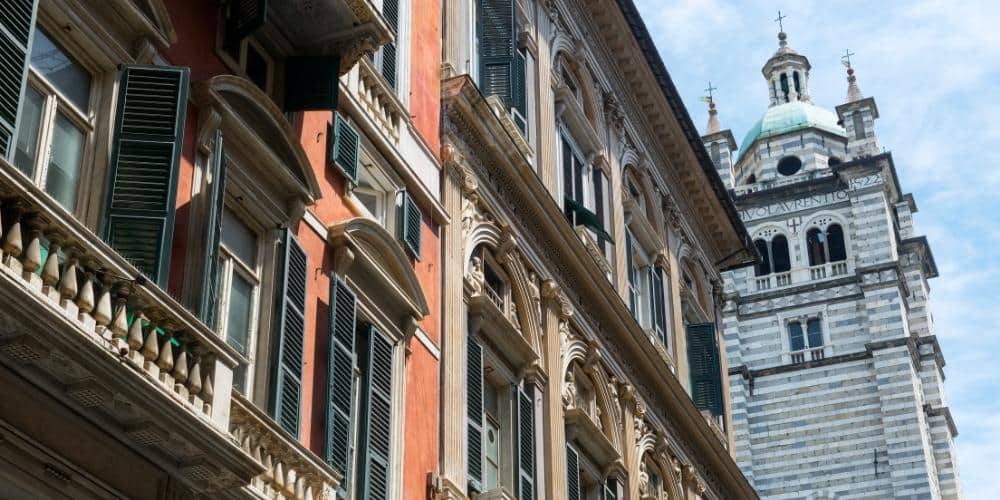
The Palazzi dei Rolli are highly prestigious aristocratic palaces located in the narrow streets of Genoa.
Beigua Park
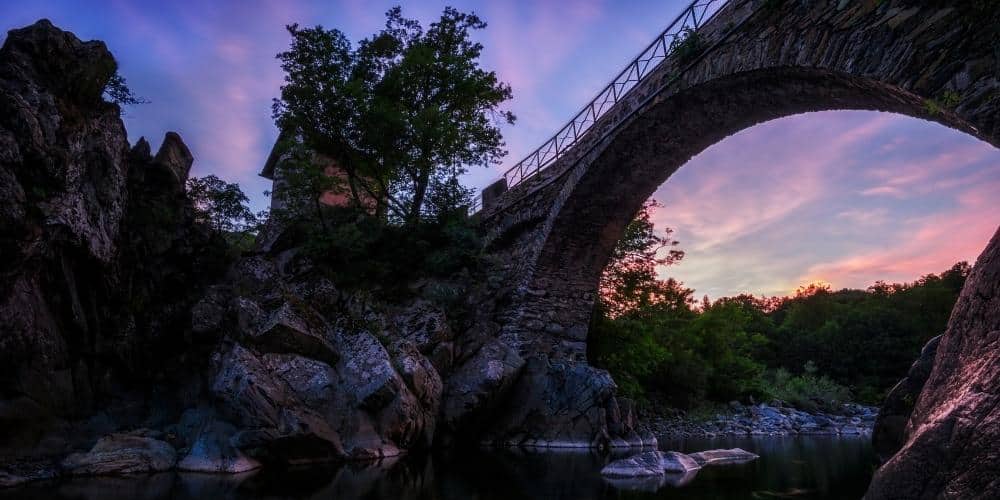
Mount Beigua Natural Park is the largest natural area in Liguria, where the sea meet and the mountains. It has been a UNESCO Global Geopark since 2015.
UNESCO sites in Lombardy
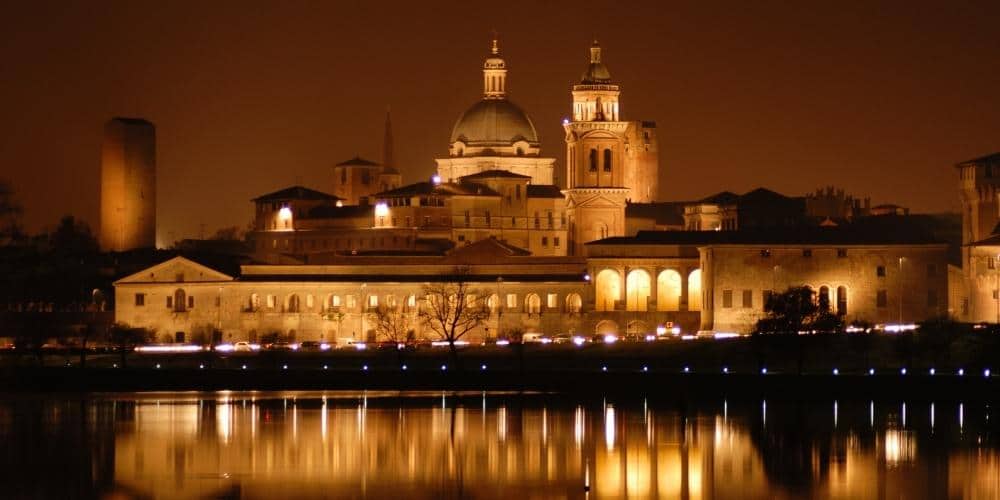
Mantova and Sabbioneta
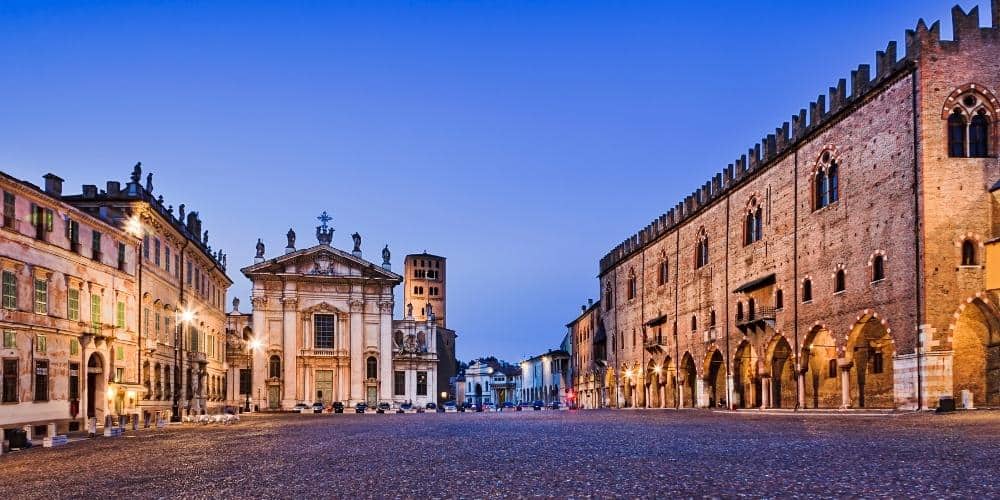
Mantua and Sabbioneta have been UNESCO World Heritage Sites since 2008 for being symbols of the Italian and European Renaissance.
Rock Engravings National Park in the Val Camonica
The Rock Engravings National Park has been a UNESCO World Heritage Site since 1979 and is made up of complexes of rocks with prehistoric and protohistoric engravings in the Val Camonica.
The Last Supper by Leonardo da Vinci and Dominican Church and Convent of Santa Maria delle Grazie

The Dominican Church and Convent of Santa Maria delle Grazie and The Last Supper have been a UNESCO World Heritage Site since 1980. The architectural structure, built in two stages, has survived several restorations and bombings and houses one of the most famous paintings by the most brilliant artist of all time, Leonardo da Vinci.
Find out how to bookThe workers' village of Crespi d'Adda
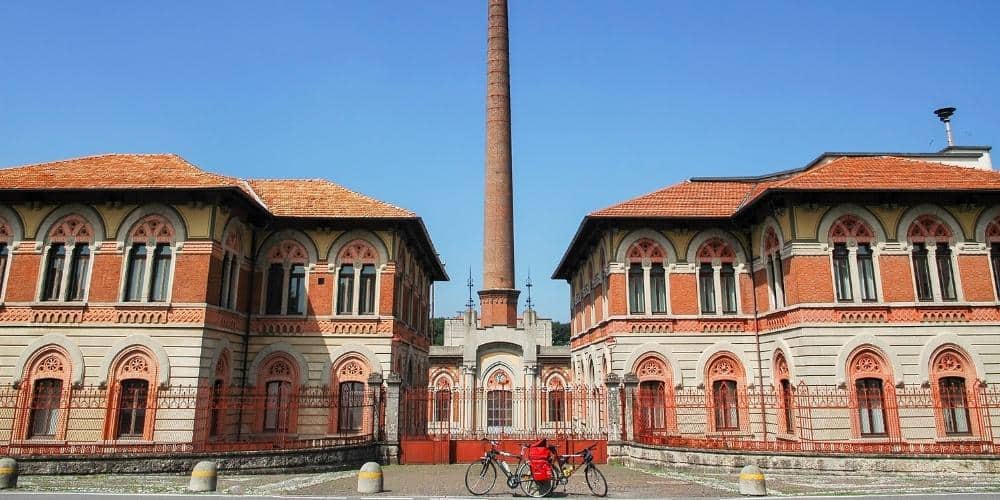
The village of Crespi d'Adda has been a UNESCO World Heritage Site since 1985, a perfectly preserved workers' village built between the 19th and 20th centuries.
Sacred Mountains of Piedmont and Lombardy
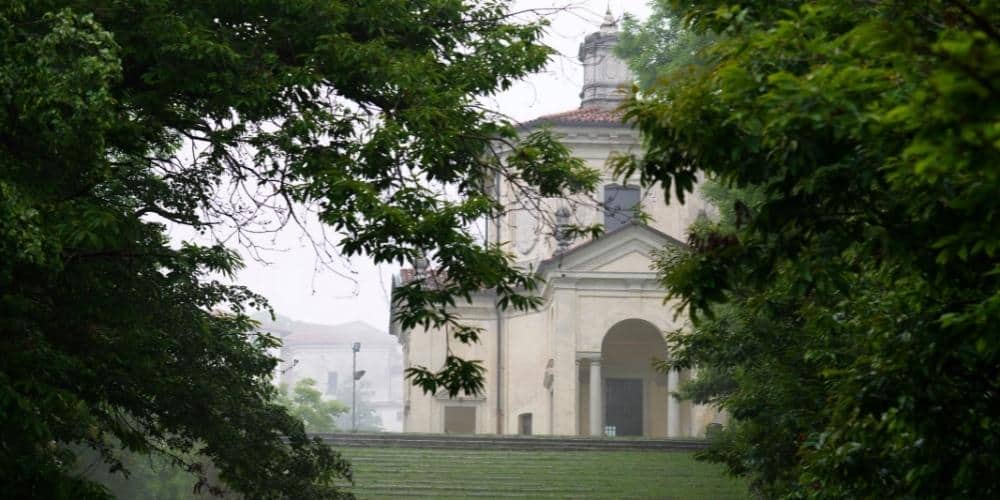
The Sacred Mountains of Piedmont and Lombardy have been a UNESCO World Heritage Site since 2003. As well as being spiritual places and symbols of the Christian faith, they represent the integration of nature and architecture.
Rhaetian Railway: Bernina Express red train
The Bernina Express is the little train that connects northern and southern Europe across the Alps: a spectacular journey and therefore a UNESCO World Heritage Site.
Find out how to bookMonte San Giorgio
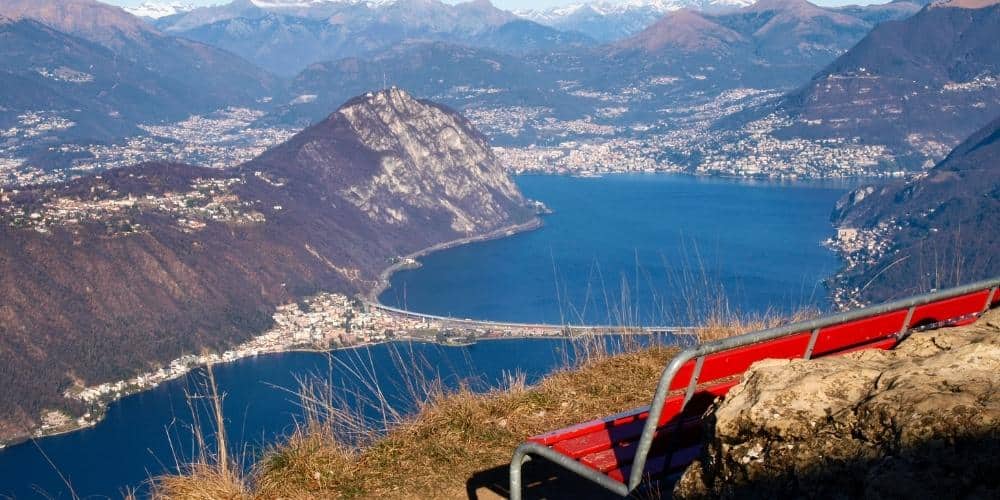
Monte San Giorgio, which became a UNESCO World Heritage Site in 2010, bears witness to the marine life present here some 240 million years ago.
The Lombards in Italy. Places of Power
The Places of Power have been a UNESCO World Heritage Site since 2011. The site consists of a series of locations that witness the presence of the Lombards in Italy.
Prehistoric pile-dwelling sites in the Alps
There are 111 pile-dwelling sites, and 19 of them are in Italy. In Lombardy there are 10, and they represent a prehistoric period ranging from the Neolithic to the Iron Age.
The city walls of Bergamo - Venetian Works of Defence between the 16th and 17th centuries

The city walls of Bergamo are a UNESCO World Heritage Site since 2017, they are part of Venetian fortifications dating back to the 17th century.
UNESCO sites in Le Marche
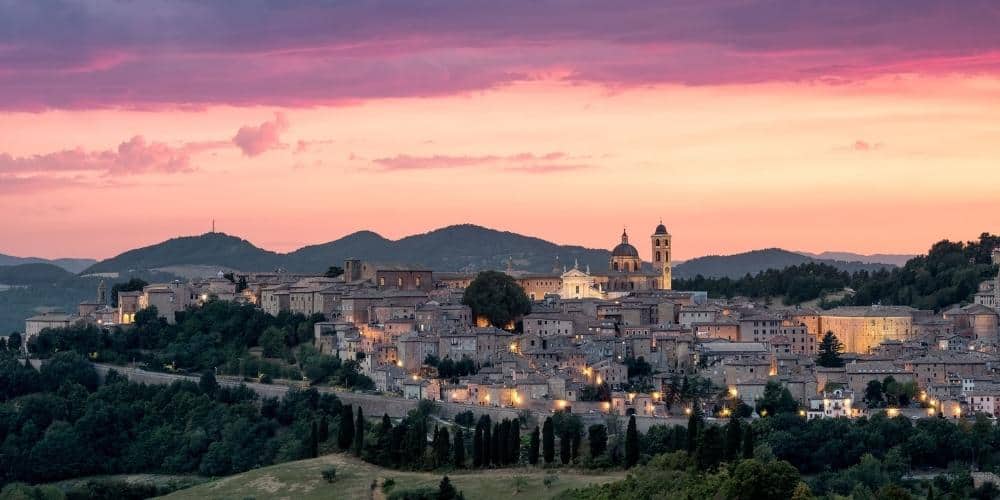
Historic centre of Urbino

The Historic Centre of Urbino became a UNESCO World Heritage Site in 1998. It still feels like walking through the city's streets as it used to be in the 15th century.
UNESCO sites in Piedmont
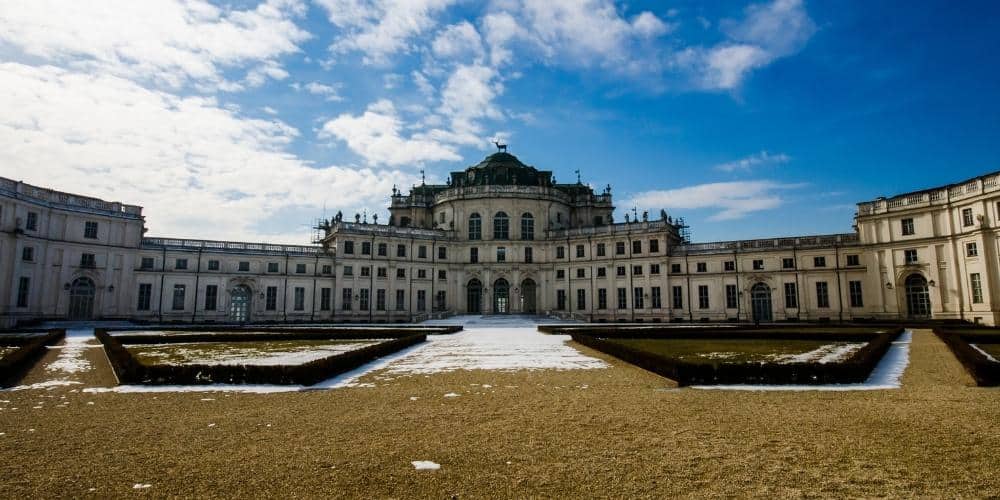
The Savoy Residences

The Savoy Residences have been a UNESCO World Heritage Site since 1997. They represent the Savoy power, with the fortifications built by Emmanuel Philibert of Savoy.
Vineyard Landscape of Piedmont: Langhe-Roero and Monferrato

Landscapes of Langhe-Roero and Monferrato have been a UNESCO World Heritage Site since 2014 for their viticulture, the landscape they offer and the history handed down by the vine pollen found there in the 5th century BC.
Ivrea Industrial City of the 20th Century

Ivrea is a UNESCO World Heritage Site SINCE 2018, and it's an ideal representation of a modern industrial city. It was built in the 20th century by great Italian architects and town planners to house Olivetti employees.
UNESCO sites in Puglia
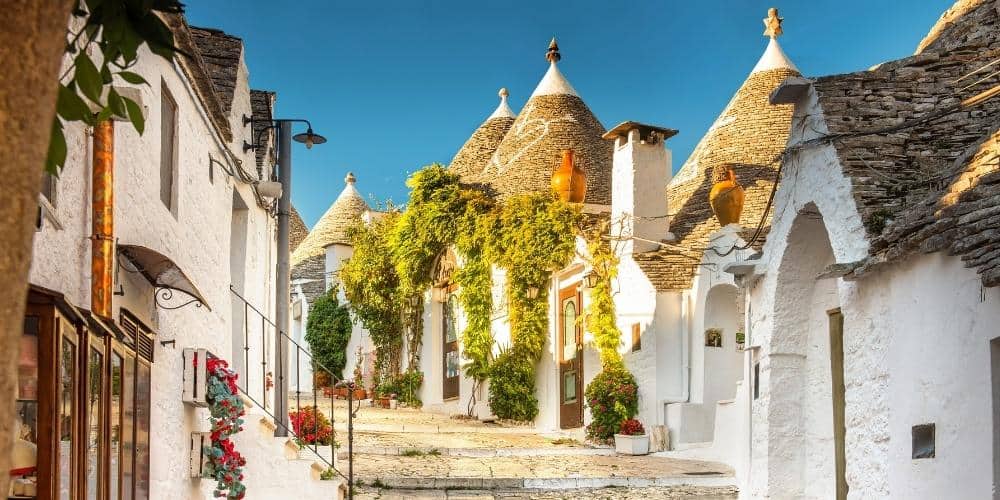
Trulli of Alberobello

Trulli of Alberobello has been a UNESCO site in Italy since 1996. They are drystone cottages with conical roofs built to house landowners and workers.
Find out how to bookCastel del Monte, UNESCO World Heritage site since 1996

Castel del Monte has been a UNESCO World Heritage Site since 1996. It was commissioned by Emperor Frederick II of Swabia and is a symbol of geometric and architectural perfection. It is considered a masterpiece of medieval architecture.
UNESCO sites in Sardinia
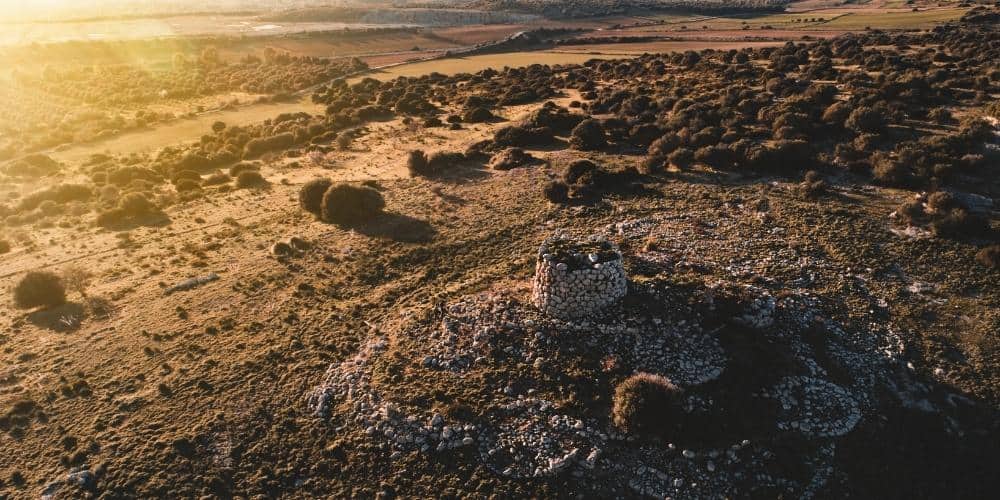
Su Nuraxi of Barumini

The village of Barumini has been a World Heritage Site since 1997. It is the most important archaeological site in Sardinia, bearing witness to an ancient prehistoric village dating back to the Bronze Age. The nuraghi, cone-shaped defence towers, are still visible.
UNESCO sites in Sicily
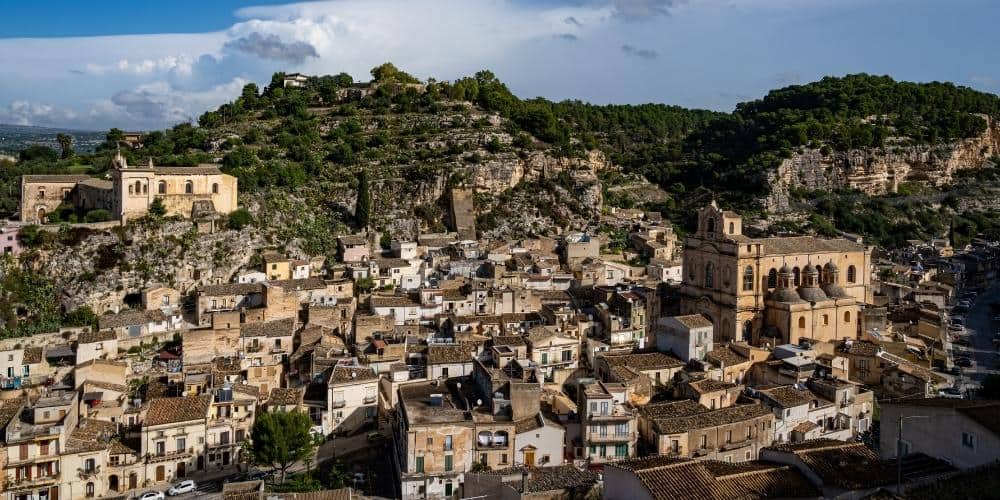
The late Baroque Towns of Val di Noto

The late Baroque towns of the Val di Noto were declared a UNESCO World Heritage Site in 2002. Don't miss the area that includes Noto, Caltagirone, Catania, Militello Val di Catania, Modica, Palazzolo Acreide, Ragusa and Scicli.
Mount Etna

Mount Etna is one of the most active volcanoes in the world and was declared a UNESCO World Heritage Site in 2013.
Find out how to bookSyracuse and the rocky necropolis of Pantalica

A UNESCO World Heritage Site since 2005, Syracuse, given its enviable location, has been dominated by the Byzantines, Bourbons, Arabs, Normans and Aragonese.
Aeolian Islands

The Aeolian Islands have a distinctive morphology, shaped over the centuries by volcanoes, wind and sea. This is why they have been a UNESCO World Heritage Site since 2000.
Arab-Norman Palermo

The Arab-Norman route in Palermo was declared a UNESCO World Heritage Site in 2005. The monuments that exemplify the result of these two styles in Palermo are:
the Royal Palace or Norman Palace; the Palatine Chapel, the Cathedral; the Church of San Giovanni degli Eremiti; Church of Santa Maria dell'Ammiraglio or della Martorana; Church of San Cataldo; the Zisa Castle; the Admiral's Bridge.
The site also includes the Cathedral and Cloister of Monreale and the Cathedral and Cloister of Cefalù.
UNESCO sites in Tuscany
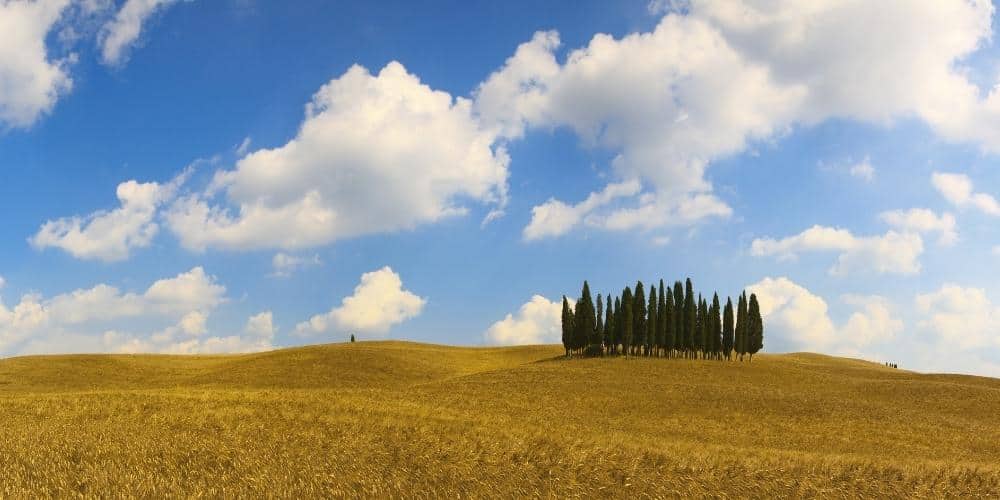
The Val d'Orcia, in the province of Siena

The Val d'Orcia has been a UNESCO World Heritage Site since 2004 because of its enchanting landscapes, delightful Renaissance villages and world-famous wines.
Pisa with its Piazza del Duomo

The city of Pisa has been a UNESCO World Heritage Site since 1987 due to the value of its artistic and architectural heritage dating back to the Middle Age.
Find out how to bookFlorence and its historic centre

The historic centre of Florence has been a UNESCO World Heritage Site since 1982. It could not have been otherwise, given the urban and architectural layout of the city, which seems to have stopped in time at the Renaissance period.
Visit Florence Best Attractions & Save Money with Florence PassSiena and its historic centre

Siena has been a UNESCO World Heritage Site since 1987: its historic centre is an ensemble of artistic and architectural works from the 13th century and the Renaissance.
Find out how to bookPienza

A UNESCO World Heritage Site since 1996, Pienza is the ideal Renaissance town in terms of urban planning.
The Medici Villas and Gardens
The Medici villas and gardens represent the artistic and cultural splendor of the Medici family. There are 14 villas and gardens in all, and they have been declared a UNESCO World Heritage Site in 2013.
UNESCO sites in Umbria
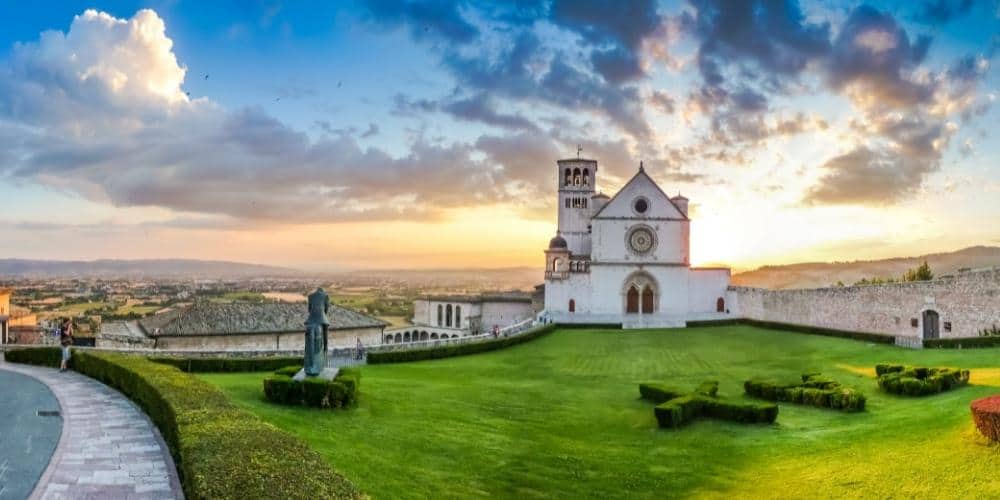
Assisi

Assisi became a UNESCO World Heritage Site in 2000 for its direct connection with the Franciscan cult based on values of peace and tolerance.
Find out how to bookUNESCO sites in Veneto
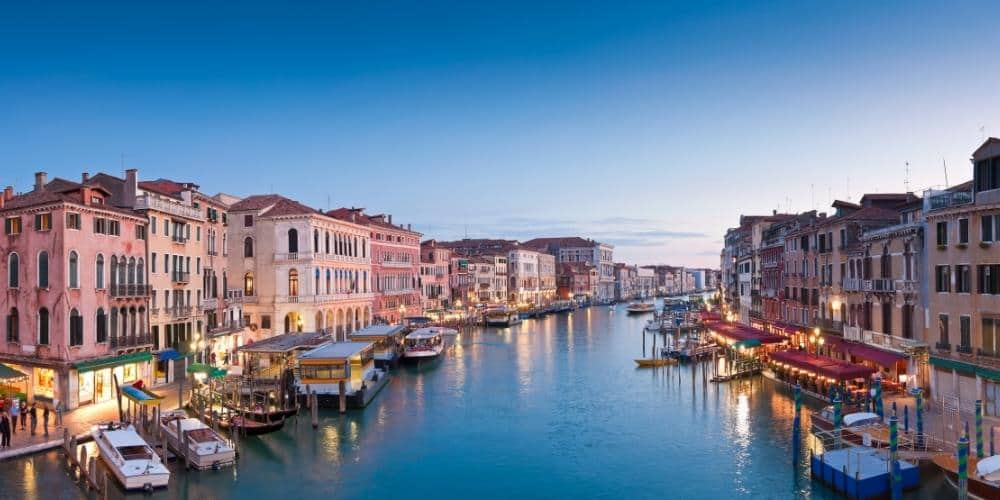
Venice and its lagoon

A UNESCO World Heritage Site since 1987, Venice and its lagoon certainly need no introduction. It began to be populated during the Middle Ages and represents the possibility of man's coexistence with water.
Visit Venice Best Attractions & Save Money with Venice PassPadua: Botanical Garden and Fresco Cycles of the 14th Century
.jpg)
Padua Botanical Garden, built in 1545 to cultivate medicinal plants, is an example of medical science and garden architecture advancement. It has been a UNESCO World Heritage Site since 1997.
In 2021, the city of Padua gained another recognition. In fact, the 14th-century fresco cycles by Giotto in several of the city's buildings (Scrovegni Chapel, Chiesa degli Eremitani, Palazzo della Ragione, Loggia dei Carraresi, and Duomo Baptistery) became a UNESCO World Heritage Site.
The city of Verona

A World Heritage Site since 2000, Verona has always been a military stronghold rich in remains from the Roman, Lombard and Carolingian dominions.
Visit Verona Best Attractions & Save Money with Verona CardOther UNESCO sites in Italy

Also included in the UNESCO World Heritage List are Montecatini, a place already appreciated by the ancient Romans for the properties of its waters, which has become one of the Great SpaTowns of Europe (UNESCO sites), and the Italian beech forests in several locations, including Potenza, Cosenza and Viterbo.
About the author
Written on 03/01/2022


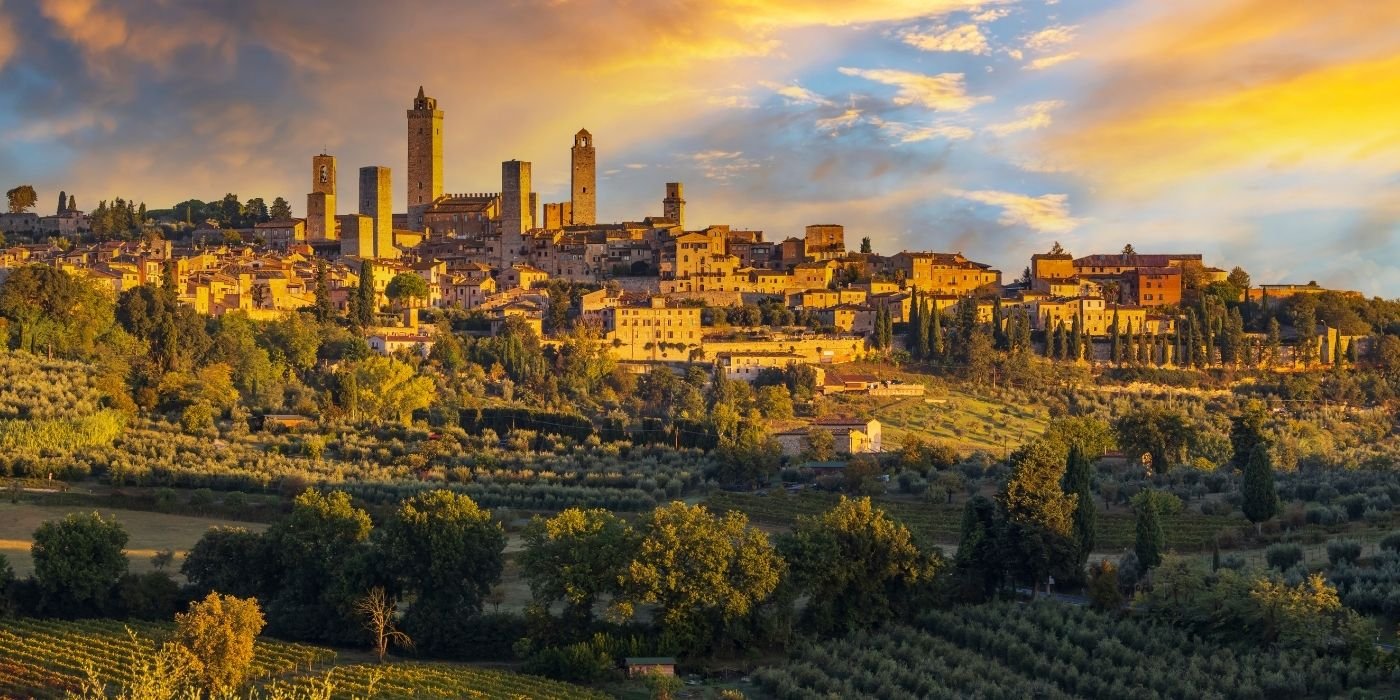
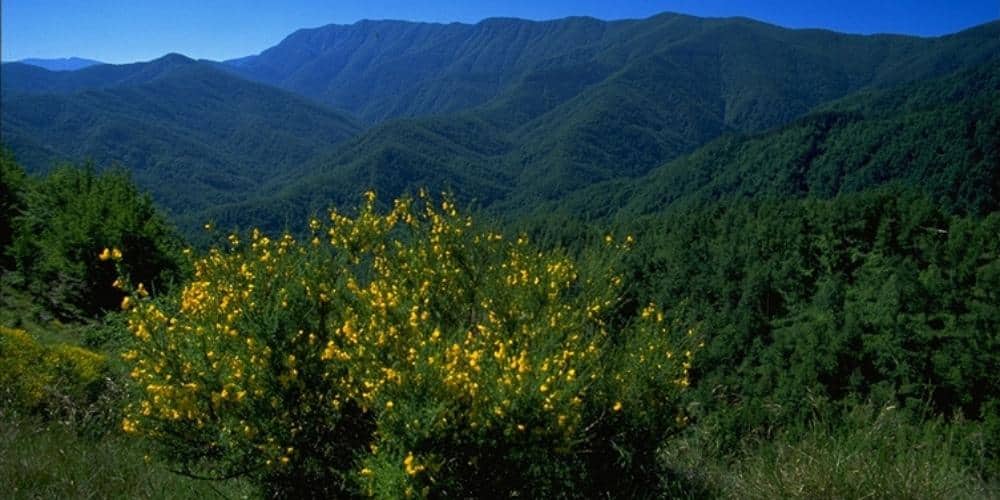
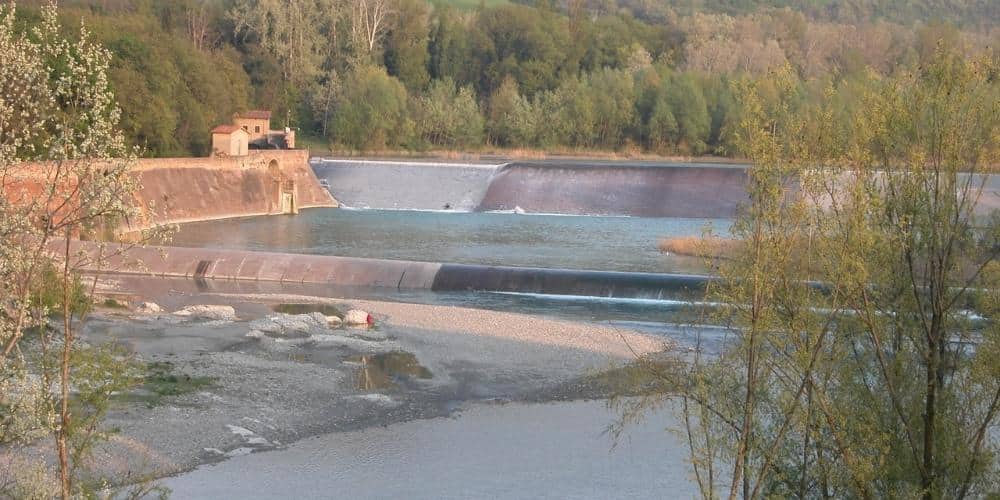
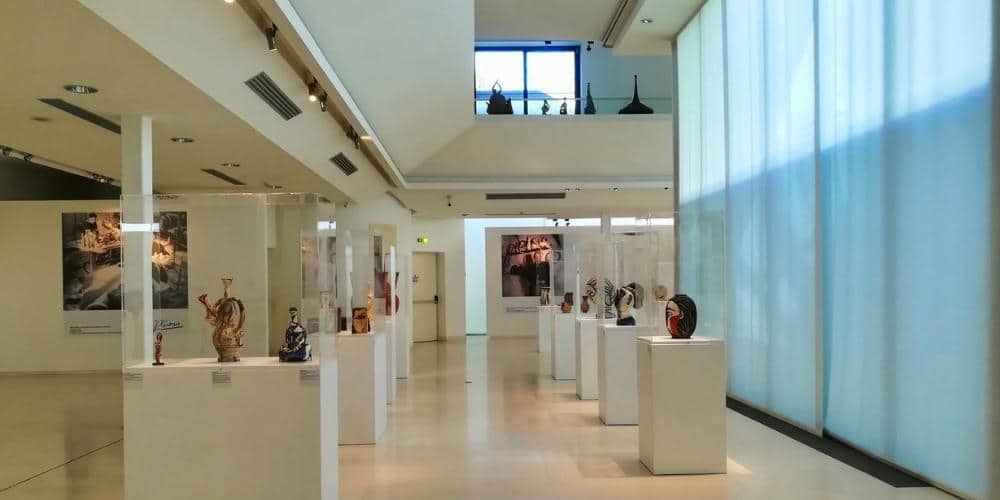
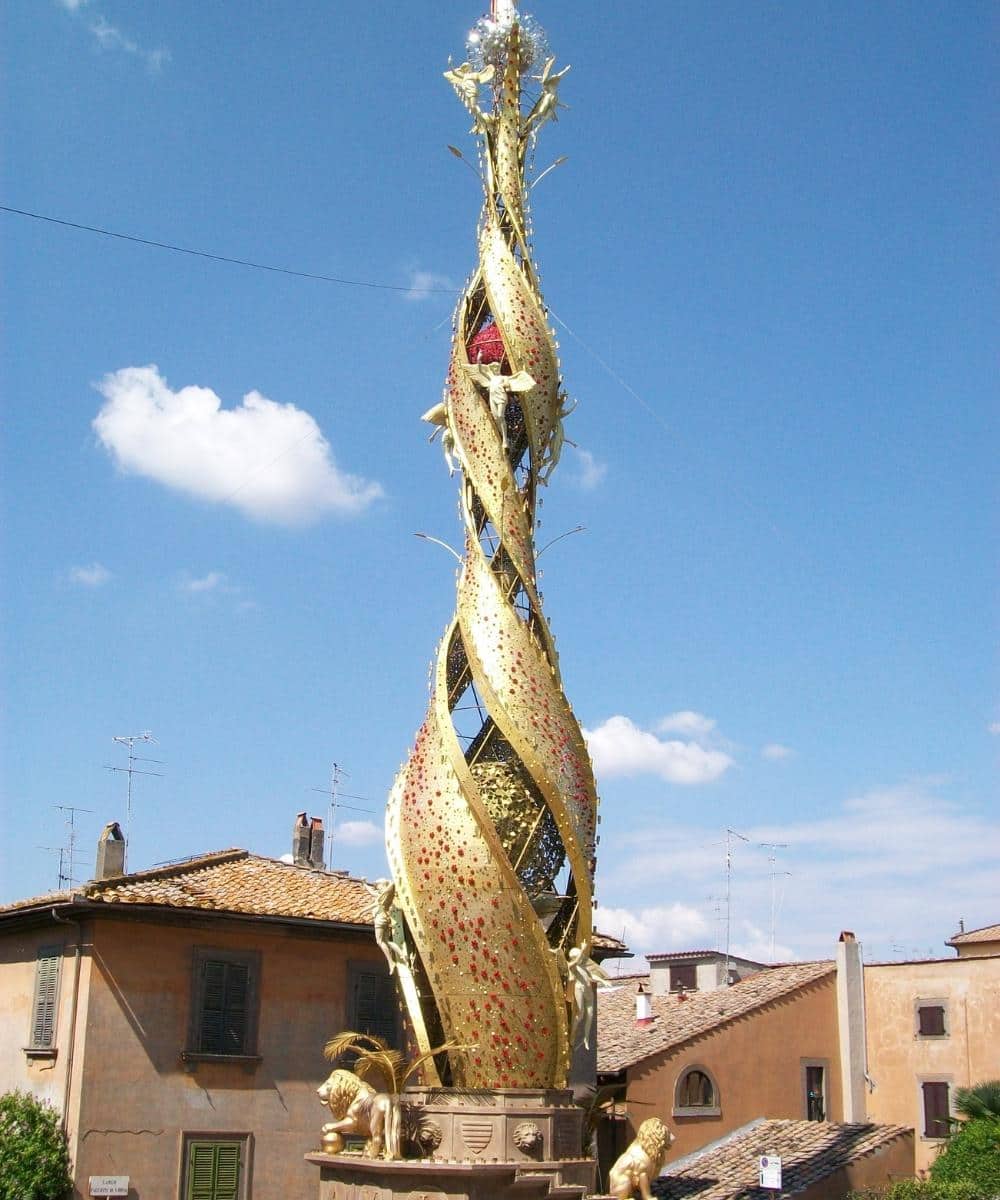

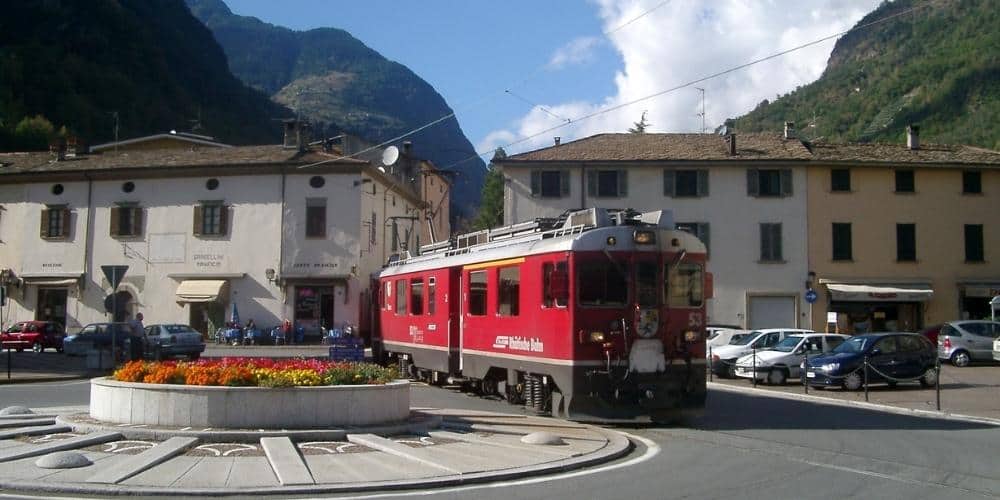
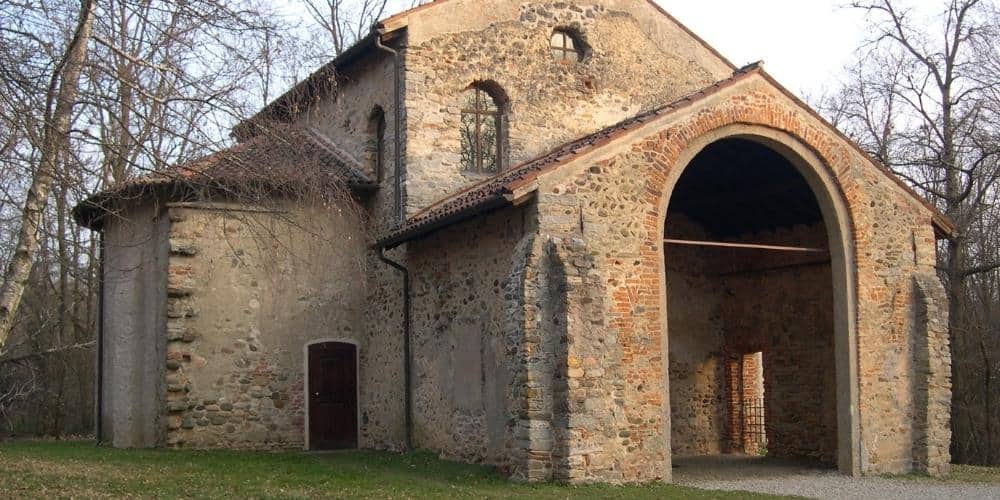

Redazione Visit Italy
There are so many Unesco sites in Italy, 58 of them. We know how beautiful our country is, but it is an honour to be able to count so many places. Which of these have you not yet seen?